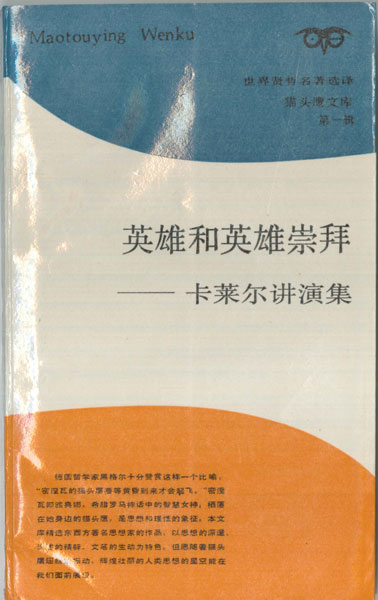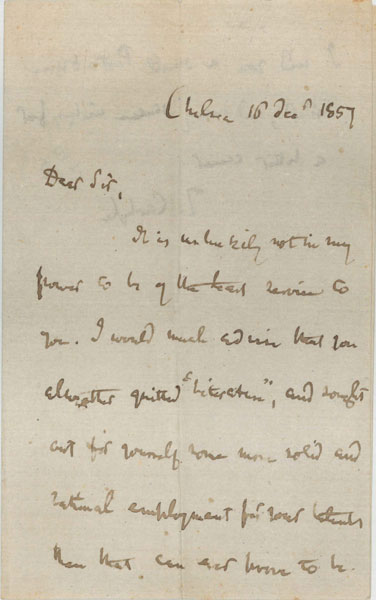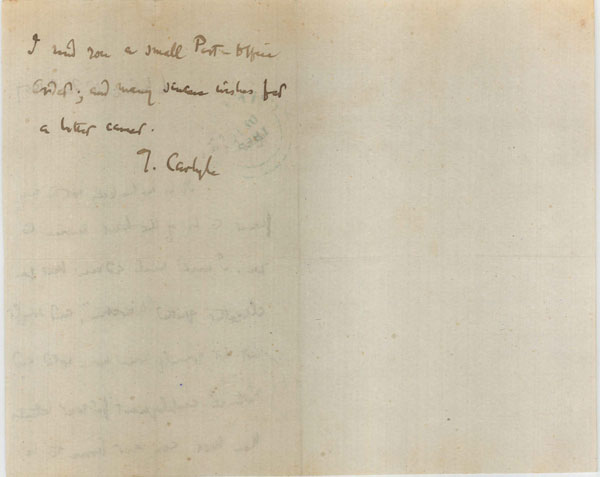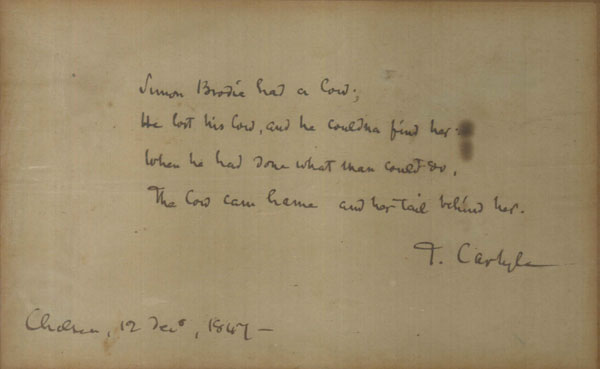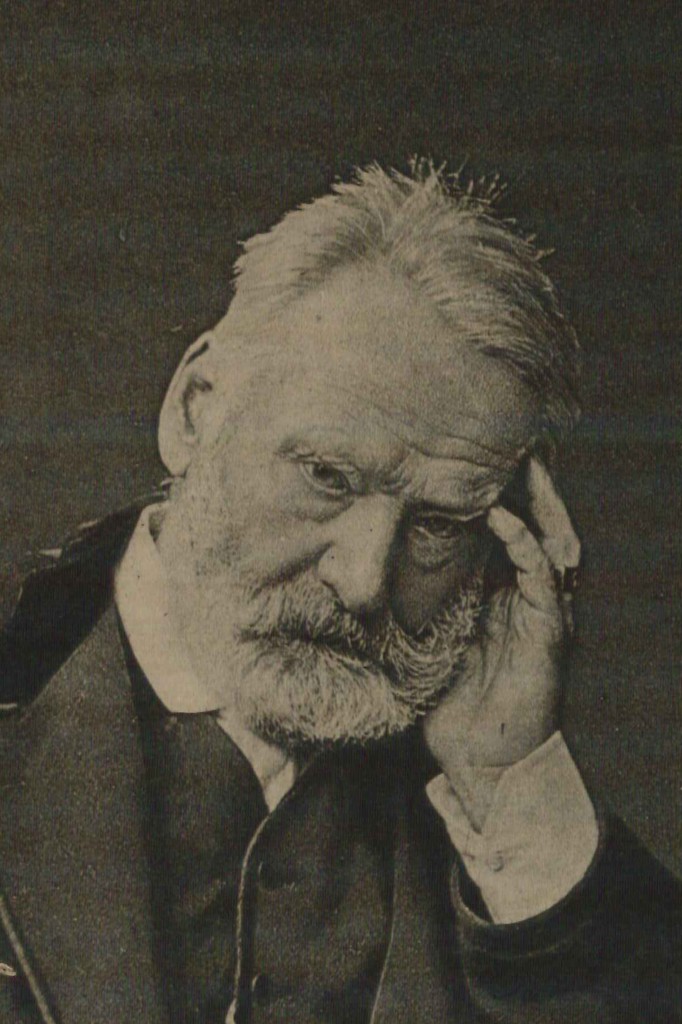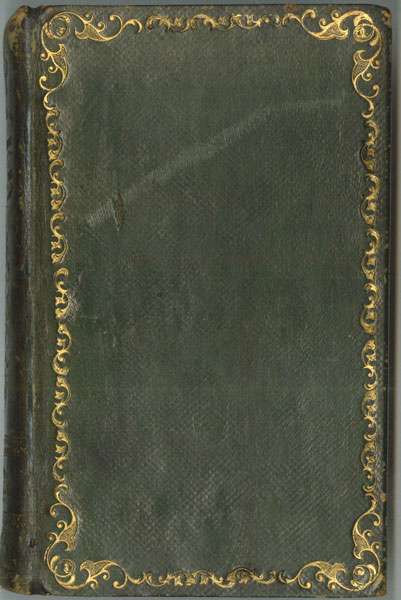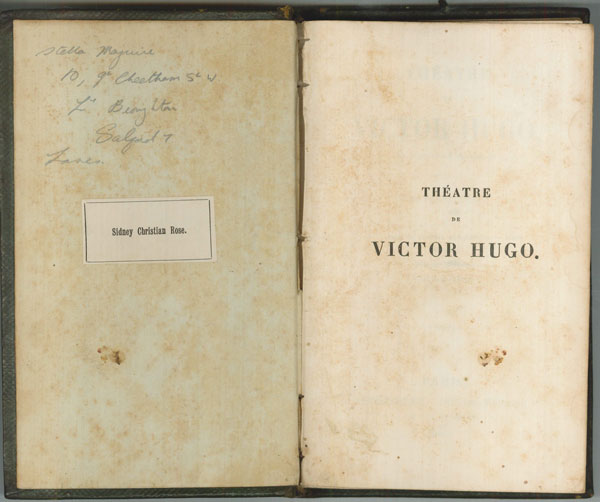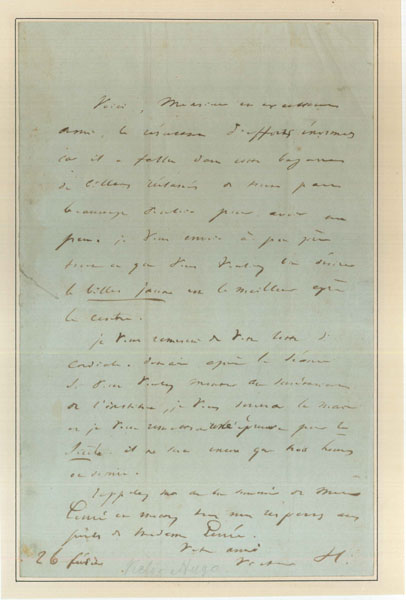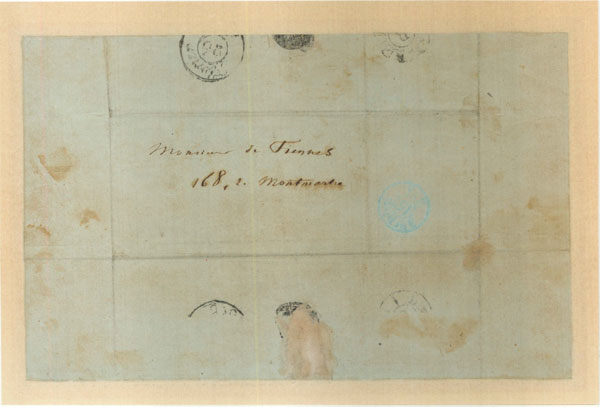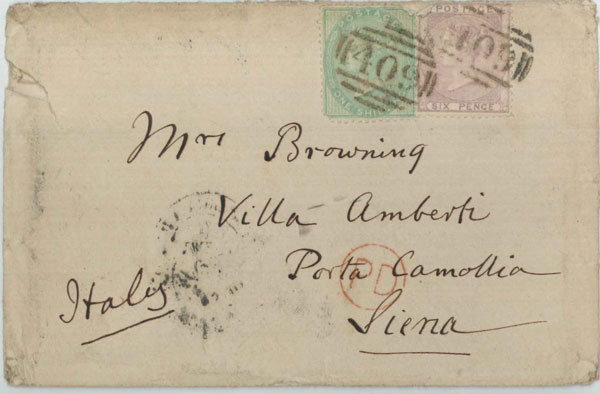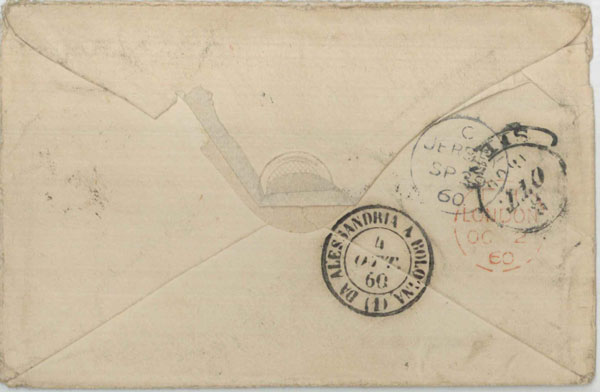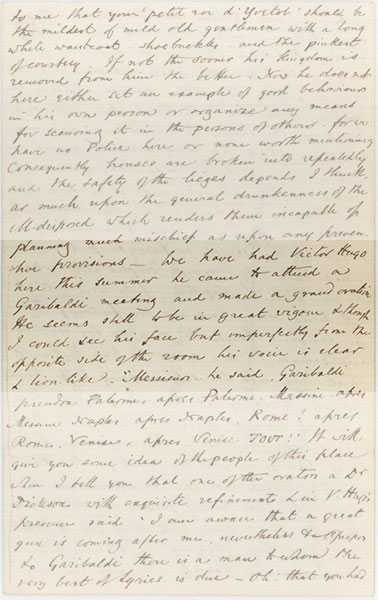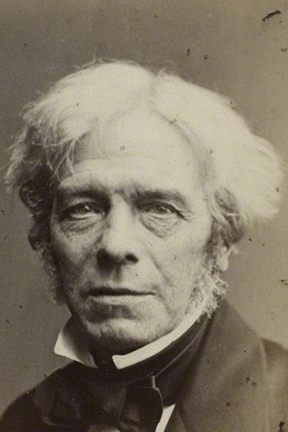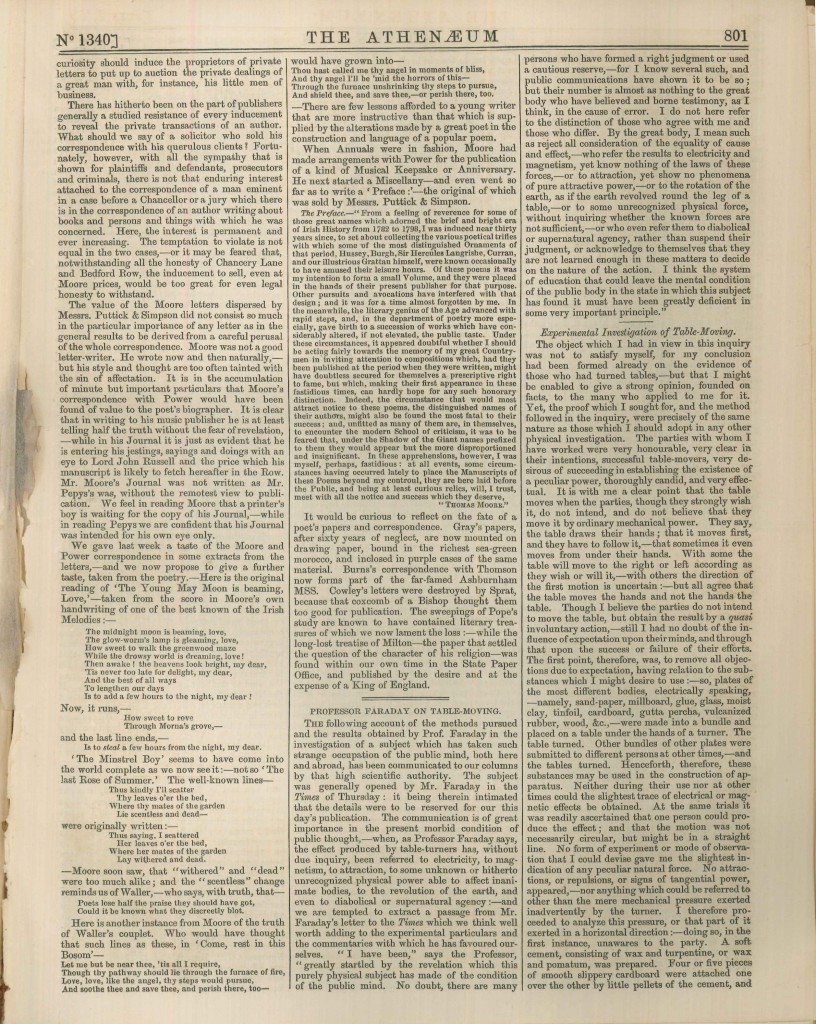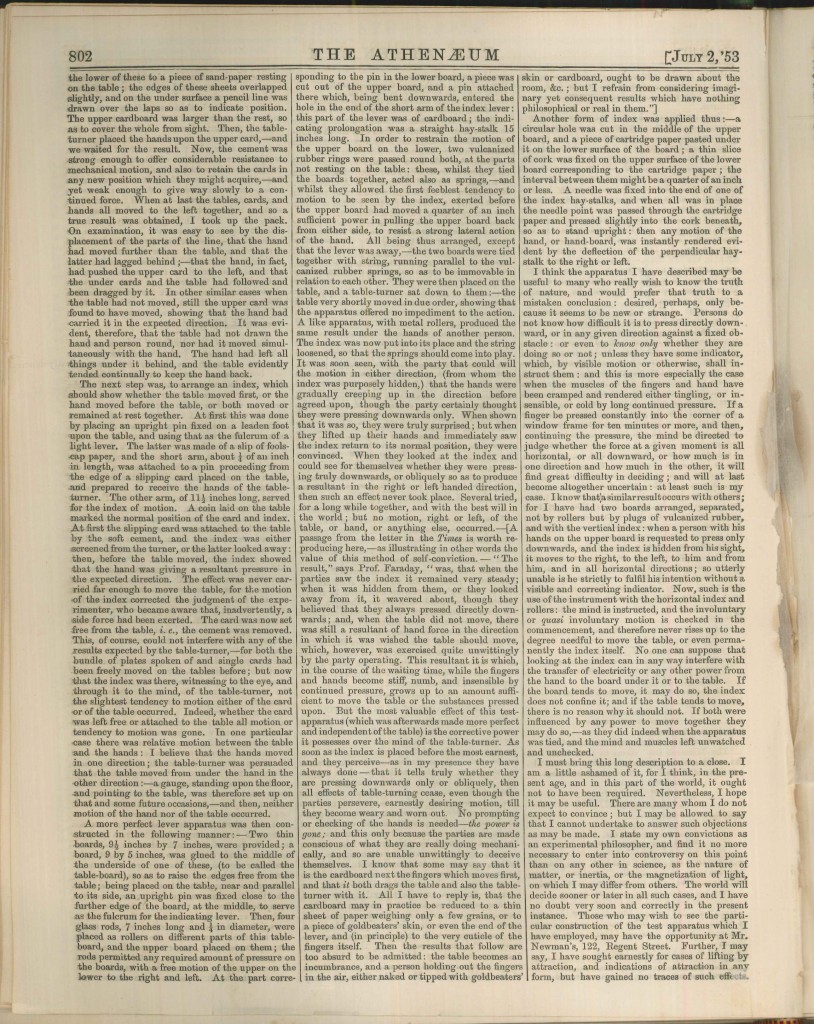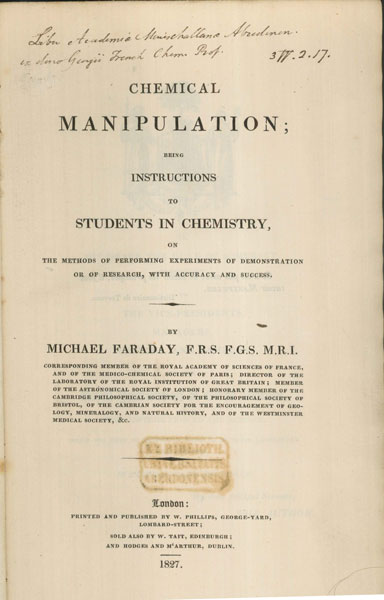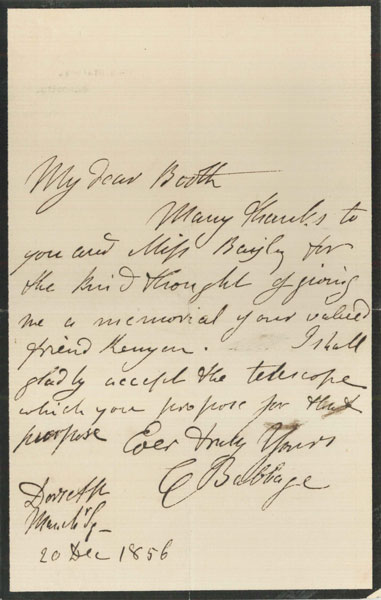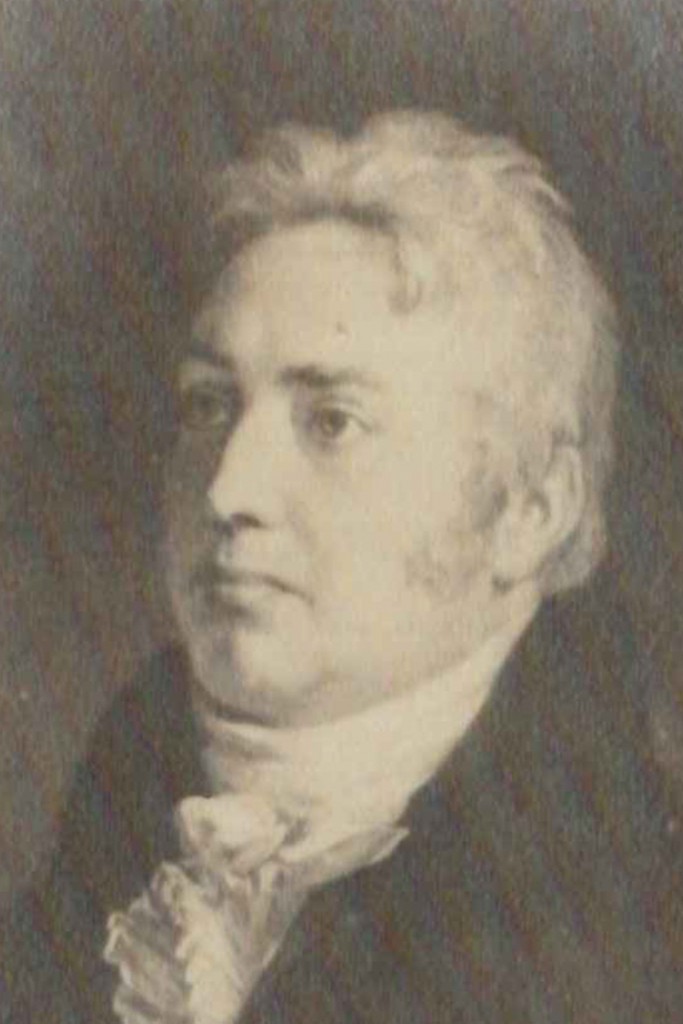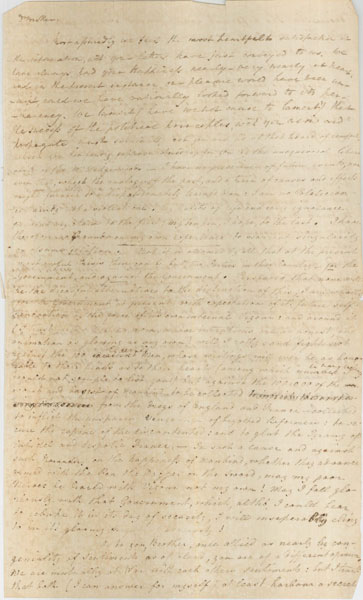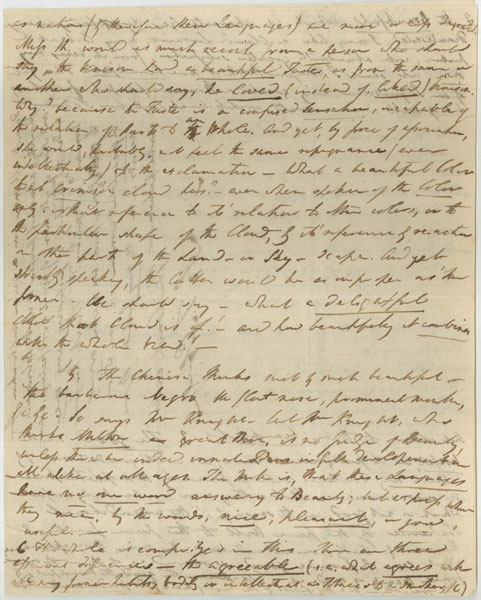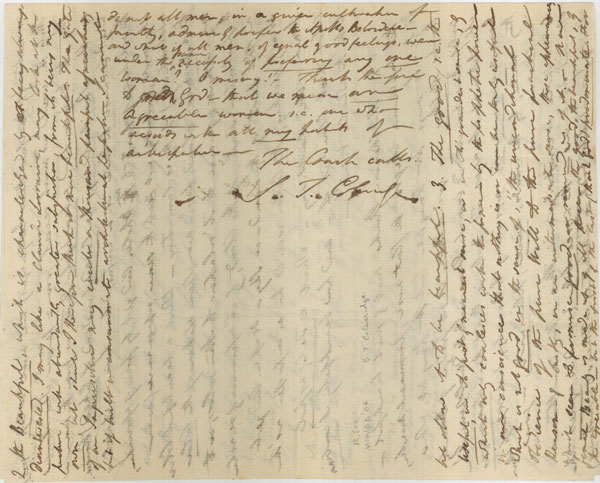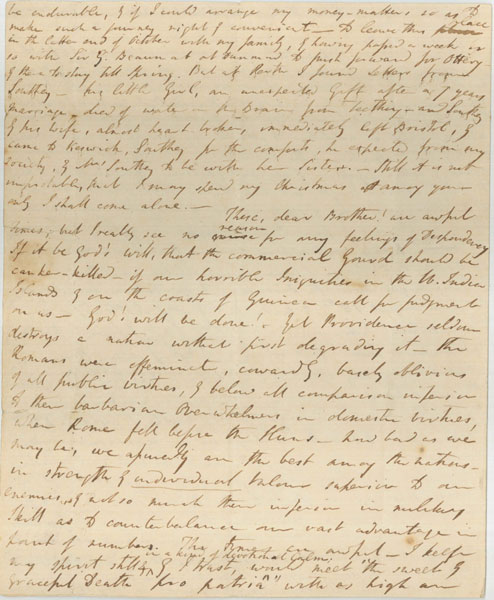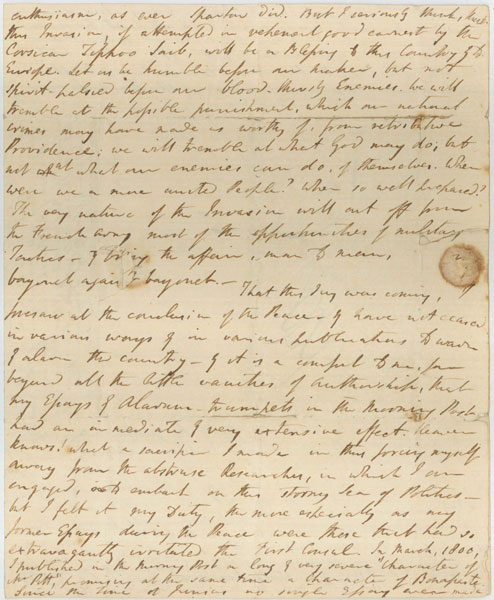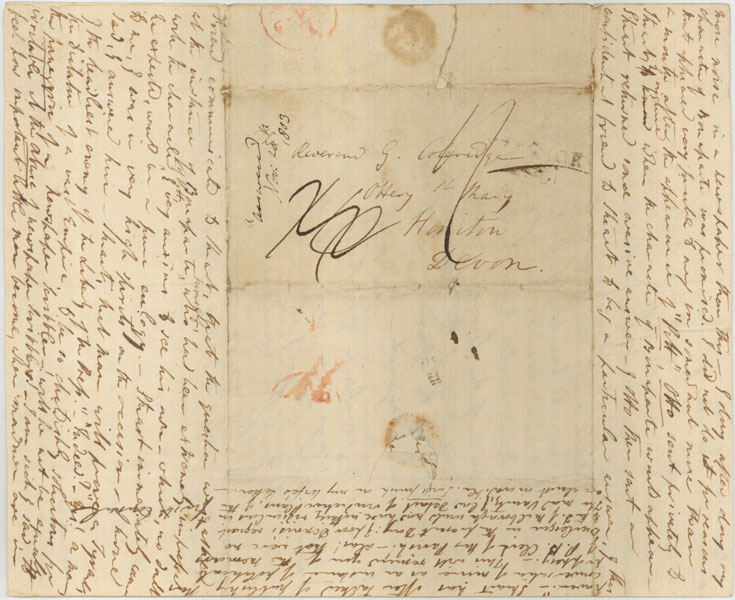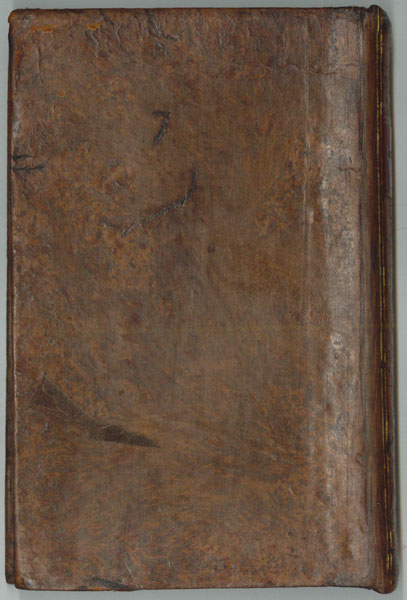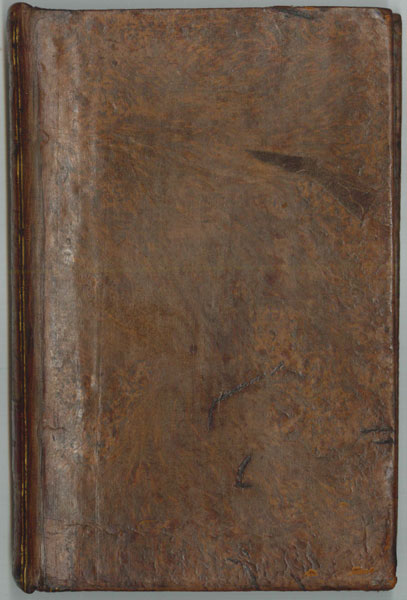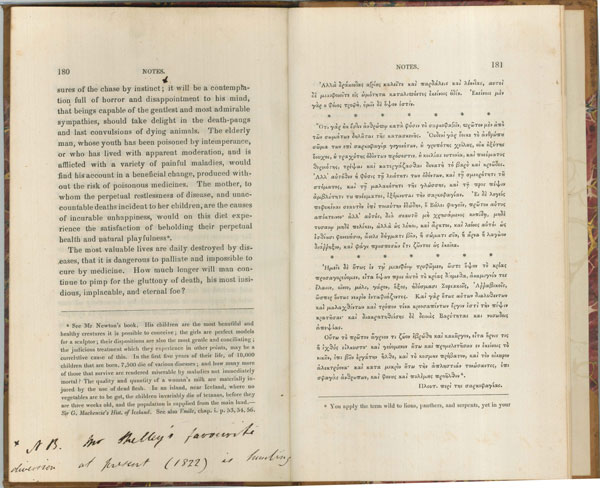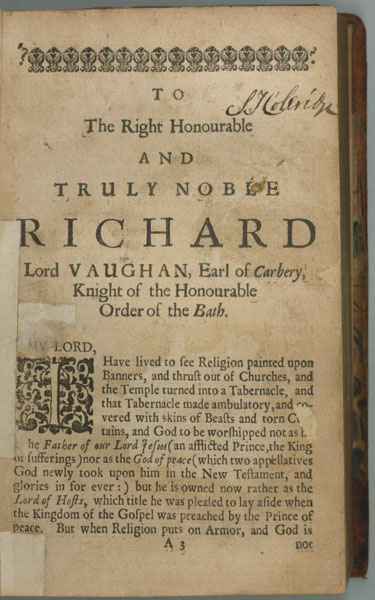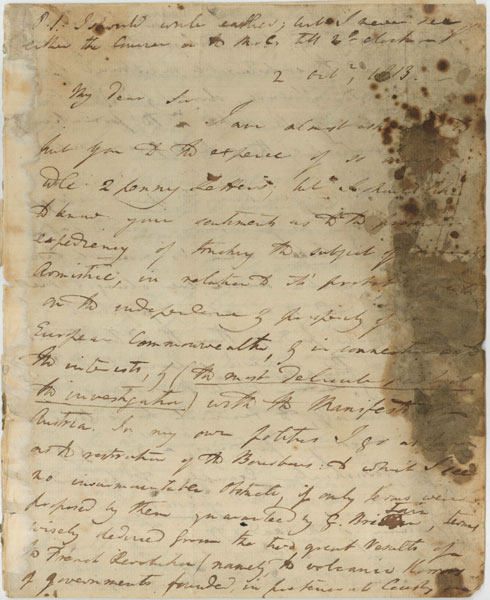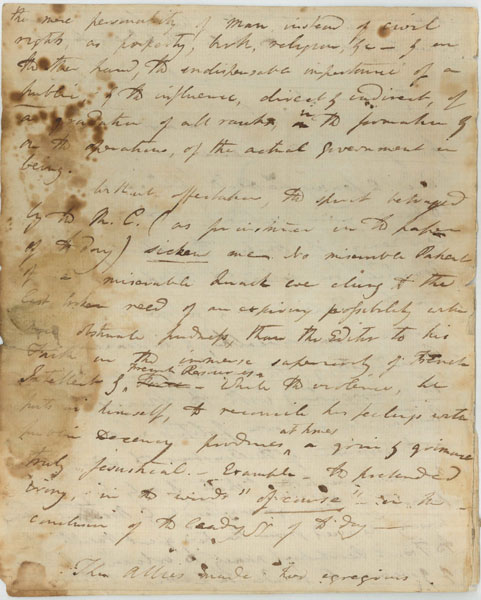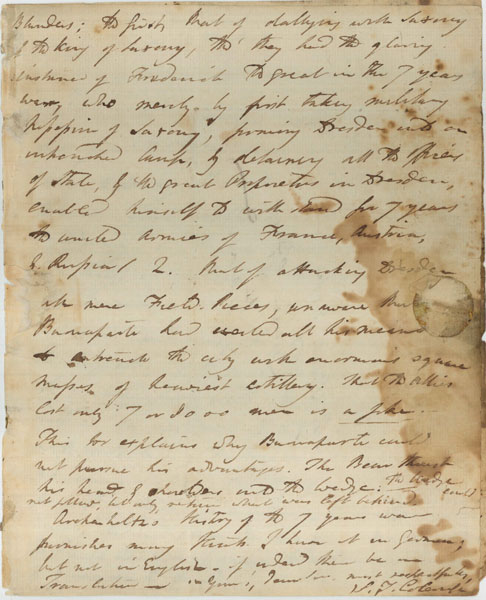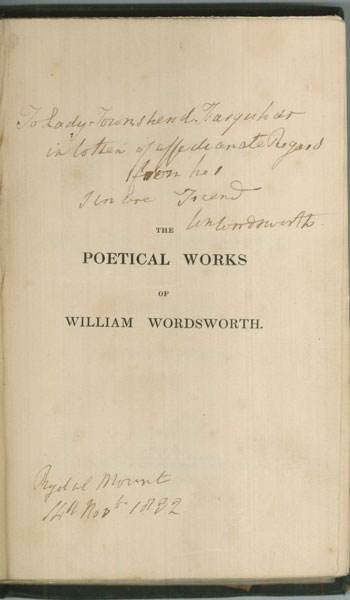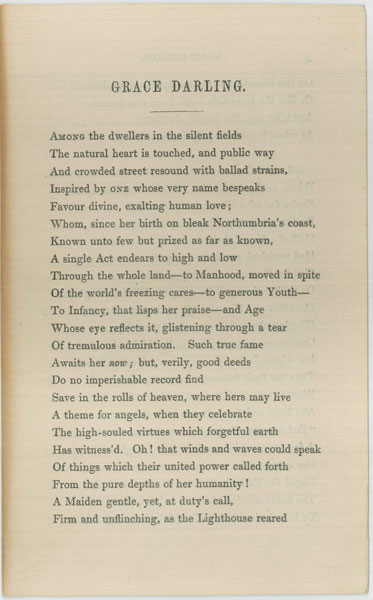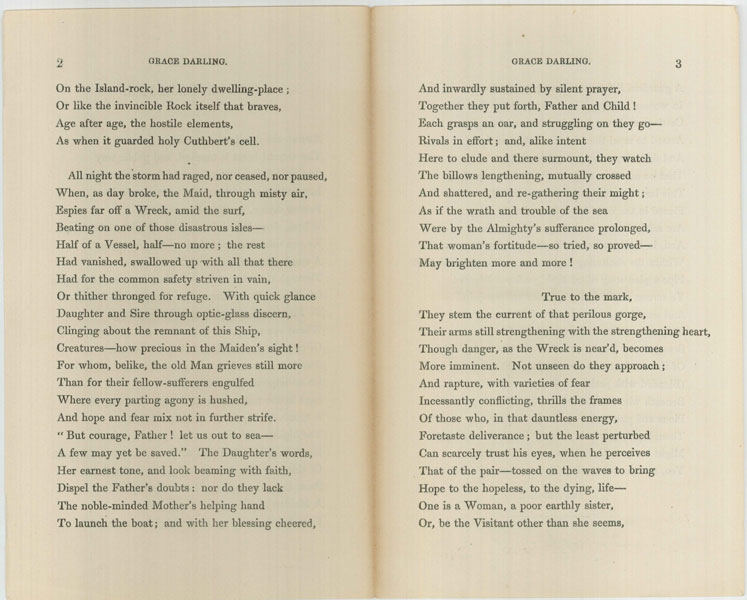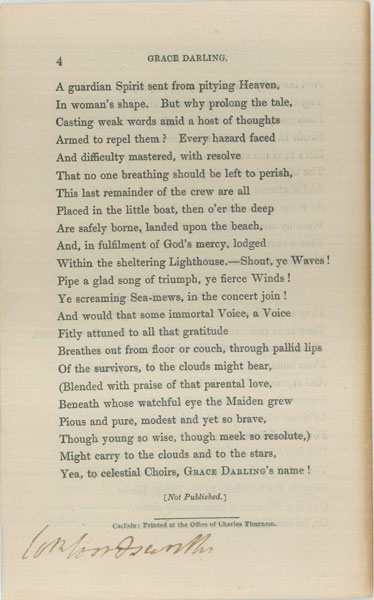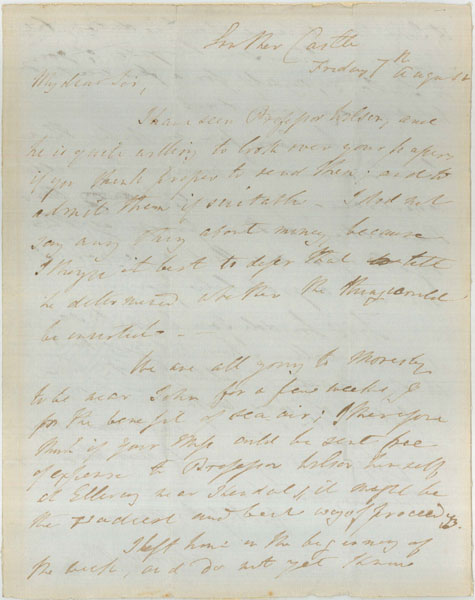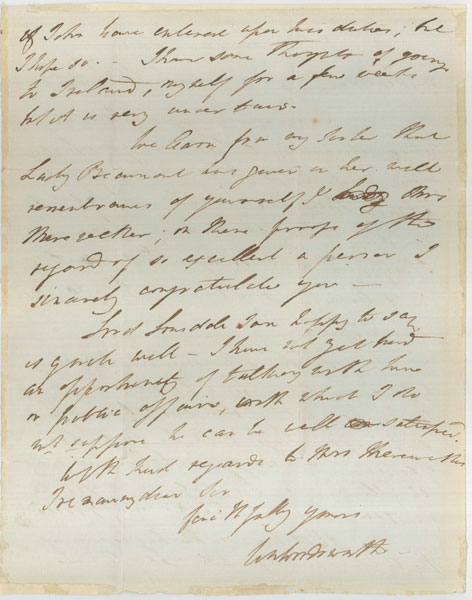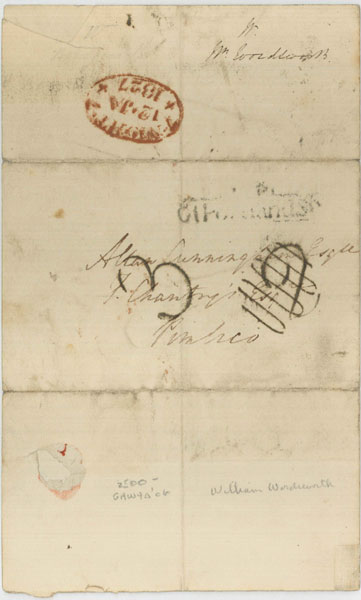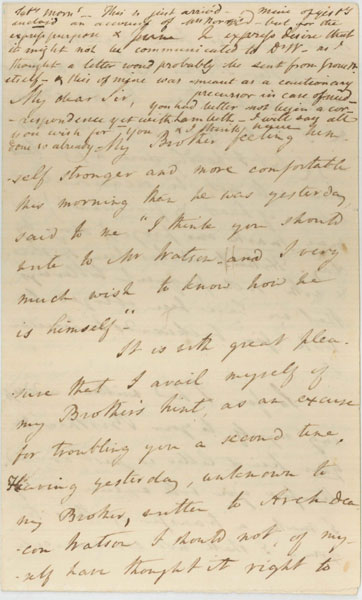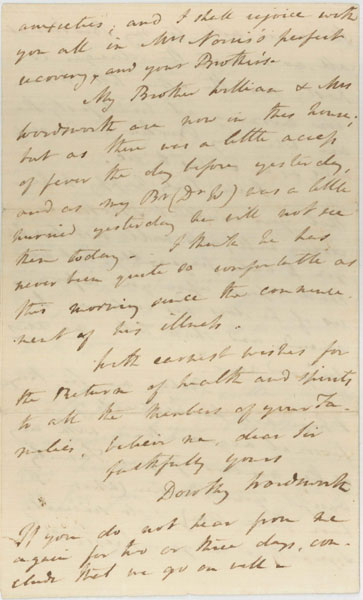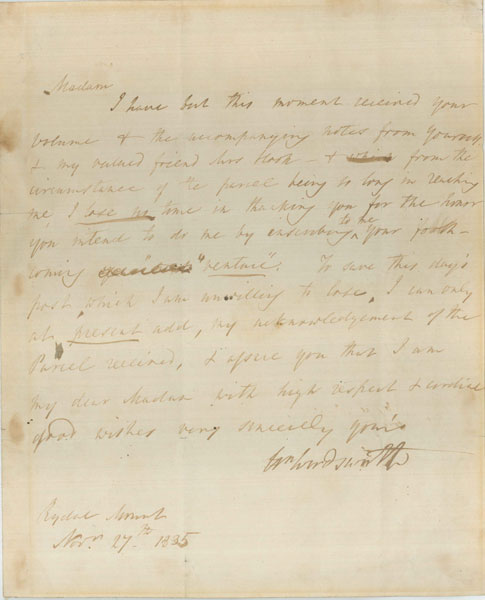Courtesy of The Armstrong Browning Library
By Melinda Creech, Graduate Assistant, Armstrong Browning Library
Thomas Carlyle, a nineteenth-century Scottish philosopher, satirical writer, essayist, historian and teacher, is perhaps most well-known for Sartor Resartus (1836), an essay on social philosophy; The French Revolution (3 volumes, 1837); and History of Frederick the Great (6 volumes, 1858-65). Carlyle was a correspondent of the Brownings.
In November 2009 the Armstrong Browning Library purchased a collection of nearly 400 volumes by and about Carlyle. The collection comes from the personal library of Professor Rodger L. Tarr, an eminent Carlyle scholar who is University Distinguished Professor Emeritus at Illinois State University. Paired with ABL’s existing Carlyle holdings of approximately 140 titles, the total Collection provides for scholars a vast resource for the study of Carlyle. Two of the books belonged to Robert Browning. The library owns seventeen letters written by Carlyle and over 100 letters written to Carlyle. The ABL’s holdings also include one of Carlyle’s manuscripts.
Thomas Carlyle. Ying Xiong He Ying Xiong Chong Bai: Ka Lai Mi Jiang Yan Ji [On Heroes, Hero-Worship, & the Heroic in History: Six Lectures ; Reported, with Emendations and Additions]. Di 1 ban. Shang hai: San lian shu dian shang hai fen dian, 1988. Print. Shi Jie Xian Zhe Ming Zhu Xuan Yi.
In addition to the English collection of nineteenth century books, periodicals, manuscripts, letters, and modern critical works pertaining to the nineteenth century, the Armstrong Browning Library has a small foreign languages collection, which includes nineteenth century items and modern criticism in Chinese, French, German, and Persian.
Thomas Carlyle. Sartor Resartus: In Three Books. 2d ed. Boston : Philadelphia : Pittsburgh: James Munroe and Company ; James Kay, Jun. & Brother ; John I. Kay & Co., 1837.
This volume is Robert Browning’s own copy of Sartor Resartus, given to him by Harriet Martineau.
 The volume contains marginalia, some of which can be ascribed to Robert Browning.
The volume contains marginalia, some of which can be ascribed to Robert Browning.

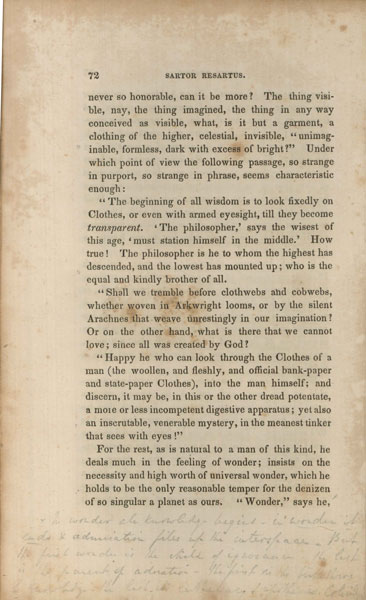 Particularly interesting is the note responding to this passage:
Particularly interesting is the note responding to this passage:
So true is it, what I then said, that the fraction of life can be increased in value, not so much by increasing your numerator, as by lessening your denominator.
3/9 – 3/6
Carlyle sends a sharp critique to an unknown correspondent.
It is unluckily not in my power to be of the best service to you. I would much advise that you altogether quitted “literature”, and sought out for yourself some more solid and rational employment for your talents than that can ever prove to be. I send you a small Post-office order; and many sincere wishes for a better career.
This is a manuscript of a Scottish nursery rhyme Carlyle often quoted when giving autographs:
Simon Brodie had a cow;
He lost his cow, and he could na find her:
When he had done what man could do,
The cow cam hame and her tail behind her.

